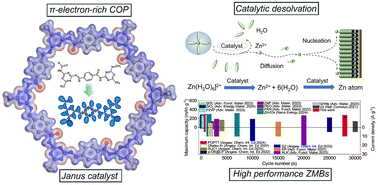From Affordability to AI: Leveraging 2025 Nutrition Trends for Manufacturing Excellence
Consumer priorities are evolving, according to the latest What’s Trending in Nutrition survey from Pollock Communications and Today’s Dietitian. While affordability, gut health, and plant-based eating continue to drive consumer […]


Consumer priorities are evolving, according to the latest What’s Trending in Nutrition survey from Pollock Communications and Today’s Dietitian. While affordability, gut health, and plant-based eating continue to drive consumer choices in 2025, emerging trends in AI innovation and sustainability are reshaping the competitive landscape.
Economic considerations drive purchase decisions
Value-consciousness remains critical in consumer decision-making, with surveyed nutritionists identifying affordability as the leading purchase driver in 2025. Convenience (88%), lower cost (85%), and taste (71%) all rank higher than health benefits (63%) in consumer purchase considerations.
This signals a need to invest in production efficiencies that can deliver competitive pricing while maintaining quality. R&D teams should focus on developing products that balance nutritional benefits with economic value.
Superfoods, plant-based proteins on the shopping list
Nutrition professionals cited fermented foods as the top superfood category for 2025, reflecting consumers’ continued focus on digestive wellness. This trend presents opportunities for manufacturers to expand gut-friendly product lines and incorporate functional ingredients into mainstream offerings.
In addition, plant-based eating continues to maintain strong momentum, with intermittent fasting and clean eating completing the top three dietary approaches. However, nutrition experts report persistent consumer confusion about plant protein sources and quality — representing both a challenge and an educational opportunity for manufacturers. Consider developing clear communication strategies and educational content alongside plant-based product development to address these knowledge gaps and build consumer confidence.
Opportunities for strategic implementation
Artificial intelligence
Survey respondents see artificial intelligence as the primary trend impacting the food industry this year, outweighing health and immunity concerns.
Strategic technology leaders should evaluate how AI implementation can deliver immediate efficiency improvements while supporting longer-term innovation goals. Investments in AI-driven operations, product development, personalized nutrition, and predictive consumer analytics are becoming essential competitive advantages.
Sustainability and resource optimization
Environmental considerations continue to influence consumer choices, with growing awareness of cooking oil selection based on both health and environmental impact. This offers an opportunity to communicate resource-efficient production practices as a value proposition.
Production technology teams should prioritize projects that simultaneously address sustainability goals and production cost reduction, creating processes that verify health claims while meeting tighter budgetary constraints.
Addressing digital misinformation
While digital platforms remain crucial for consumer engagement, they also present challenges. Instagram has overtaken TikTok as the leading source of nutrition information, but both platforms are also primary sources of misinformation. It’s becoming more important to provide credible, science-backed content that can stand out amid conflicting messages.
By focusing on affordability, gut health, and plant-based innovations while leveraging AI capabilities, companies can develop competitive advantages that resonate with increasingly sophisticated consumers.
For strategic success, manufacturers should implement cross-functional approaches that connect investment decisions to measurable consumer outcomes, develop innovation pipelines that address both functional benefits and economic constraints, and optimize operations to deliver consistent quality at accessible price points.

















































































































































